Time for the 'Chelsea Chop': The garden job to do as the Chelsea Flower Show ends which will give you more, better, healthier flowers for the rest of the summer
The day the RHS Chelsea Flower Show ends isn't just a day in the gardener's calendar to start looking forward to next year — it's the ideal time for pruning and trimming, as John Hoyland explains.
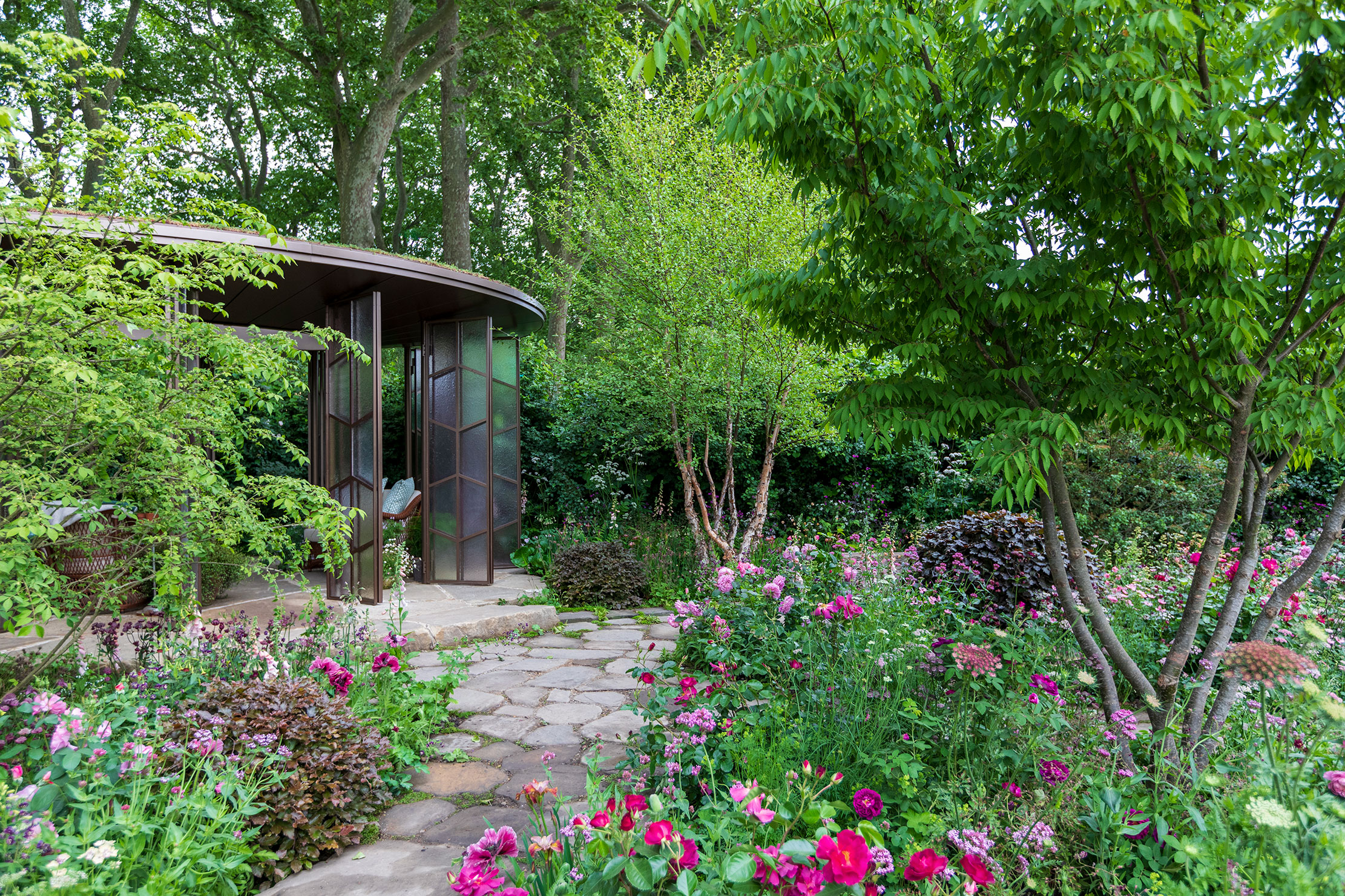
Herbaceous perennials are now bolting out of the ground, looking vigorous and healthy. It is precisely at this moment that some gardeners, to the bewilderment of many people, will ruthlessly cut their plants back. Applied at about the same time as the flower show, the Chelsea chop, as it is known, is simply a method of pruning some perennial plants so that they produce more blooms later in the season and generally look neater.
Pruning is a job usually confined to trees and shrubs, but there are ways in which perennials can be pruned and this, the Chelsea chop, is the most popular. The Royal Horticultural Society Dictionary of Gardening explains succinctly that pruning is a mechanism for keeping plants neat and tidy, to bring them to the desired shape and to ‘induce the plants to produce to the maximum those qualities for which they are grown’. This is exactly what the Chelsea chop does.
Two decades ago, American author Tracy DiSabato-Aust dedicated a large part of her book The Well-Tended Perennial Garden to the pruning of herbaceous perennials and did much to popularise the ‘chop’, as it is referred to by its champions. However, although the technique appears to be the ideal way to achieve tidy, floriferous plants, it cannot always be used. Perennials that are pruned in this way will never reach their true stature and their flowers are often smaller than if the plant had been left alone.
"It is not easy to dare to cut down plants that appear to be flourishing, but, having decided to go ahead with the chop, take courage—and shears—in both hands"
Before deciding if the approach is suitable for your plants or for the look of your garden, it is useful to consider the science of what is happening to perennials as they grow. A little bit of botany can go a long way in helping us garden. The tip of a shoot, the apical bud, is where new plant growth happens. As well as spurring on the main stem, the bud produces a hormone, auxin, that flows down the stem and inhibits auxiliary buds from developing. Without this hormone, these buds would produce new side shoots. The effect of the hormone is strongest close to the stem’s tip. Further down, towards the base of the shoot, the hormone is weak and lateral buds are able to develop.
Cutting off the tip of the primary shoot removes the apical bud and the hormone is no longer produced, causing the stem to lose its apical dominance and allowing side shoots to develop. These side shoots can now grow at the same rate as the main stem, resulting in bushier growth with numerous stems producing more flowers later in the season than they normally would.
It is not easy to dare to cut down plants that appear to be flourishing, but, having decided to go ahead with the chop, take courage — and shears — in both hands and remove the top part of the plant. Most gardeners will reduce the plant by one-third, whereas fearless ones cut away the whole top half. A light touch is advisable until you are familiar with both the technique and its effect on your plants. Gardeners with time and patience could use secateurs to cut each individual stem just above a leaf joint, but most of us have too much else to do in late May and shearing works fine. However the cuts are made, the plant will look sad for a couple of weeks, but new shoots appear quickly.
Cutting back a section of a plant and allowing some stems to grow on will produce a two-tier effect, with tall stems and short. The taller ones will flower before the shorter and thus lengthen the flowering period. For some gardeners, increasing the time a plant is in flower is an important reason for performing the Chelsea chop. Do you prefer uniform flowers at a similar height or are you happy with differing heights and flower sizes over a longer period? For many gardeners, the reason to grow, for example, Helianthus ‘Lemon Queen’ is to have the 5ft-tall wands of sunshine-yellow flowers swaying in late-summer light. Reducing its height diminishes its impact. As with so many aspects of gardening, it is a matter of personal choice.
Exquisite houses, the beauty of Nature, and how to get the most from your life, straight to your inbox.
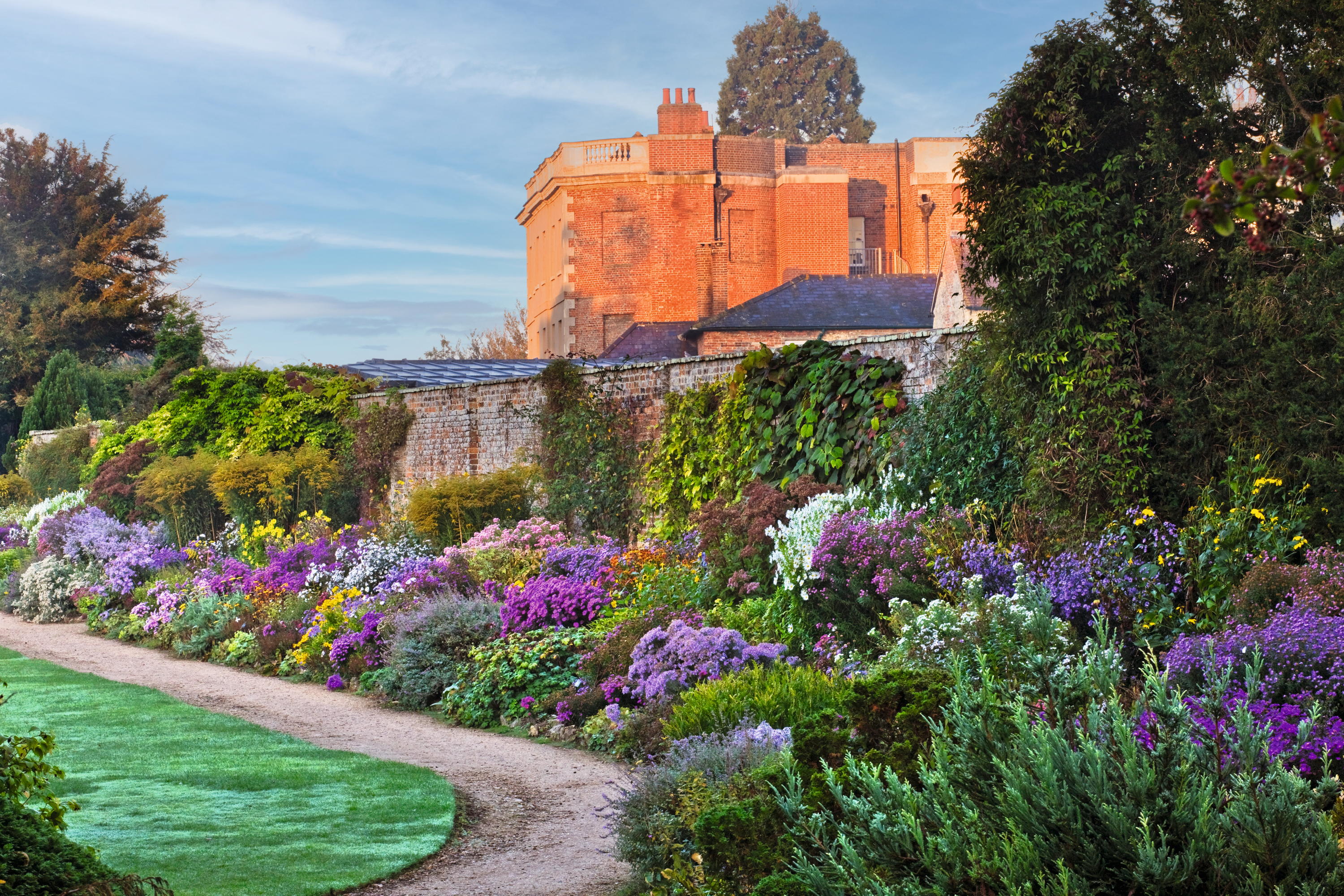
Well cut: a Chelsea chop can help you achieve a profusion of blooms, as in the Long Border at Waterperry Gardens in Oxfordshire.
Plants that are cut back obviously need time to regrow, so the chop is only suitable for late-flowering perennials, such as asters (now mainly known as Symphyotrichum), rudbeckia, hardy chrysanthemums, nepeta, heleniums and Phlox paniculata. Upright sedums, such as ‘Purple Emperor’, ‘Herbstfreude’, ’Xenox’ and Sedum spectabile cultivars, are, perhaps, the plants that benefit most from being cut down. Allowed to develop naturally, by the end of August the stems have flopped over and are sprawling across the ground, so that the centre of the plant is bare. Staking can help some plants, but sedums invariably seem to appear to be trussed up, however discreet the stakes. When they have been chopped in May, they remain upright and sturdy.
It is important not to be gung-ho with the technique. Ensure that a plant has time to produce its flowers after having been cut down and keep the shears away from early-flowering plants. The chop should not be confused with the practice of removing stems of perennials that have already flowered. Delphiniums, poppies and hardy geraniums will often respond with a second small crop of weaker flowers after the first flush is removed, but chopping them down before flowering could result in no flowers at all. If in doubt, resist the chop and enjoy the plants as they are naturally meant to be.
John Hoyland is gardens advisor at Glyndebourne, East Sussex
To celebrate Country Life's return to the Chelsea Flower Show, we're offering up to 40% off subscriptions to Country Life Magazine. It's our best offer ever; available until June 30, 2025.
-
 Sweet civilisation: What do you get when you ask architects to compete in a gingerbread competition?
Sweet civilisation: What do you get when you ask architects to compete in a gingerbread competition?The Gingerbread City is back in London’s Kings Cross. Lotte Brundle pays it a visit.
-
 Sophia Money-Coutts: A snob's guide to meeting your in-laws for the first time
Sophia Money-Coutts: A snob's guide to meeting your in-laws for the first timeThere's little more daunting than meeting your (future) in-laws for the first time. Here's how to make the right kind of impression.
-
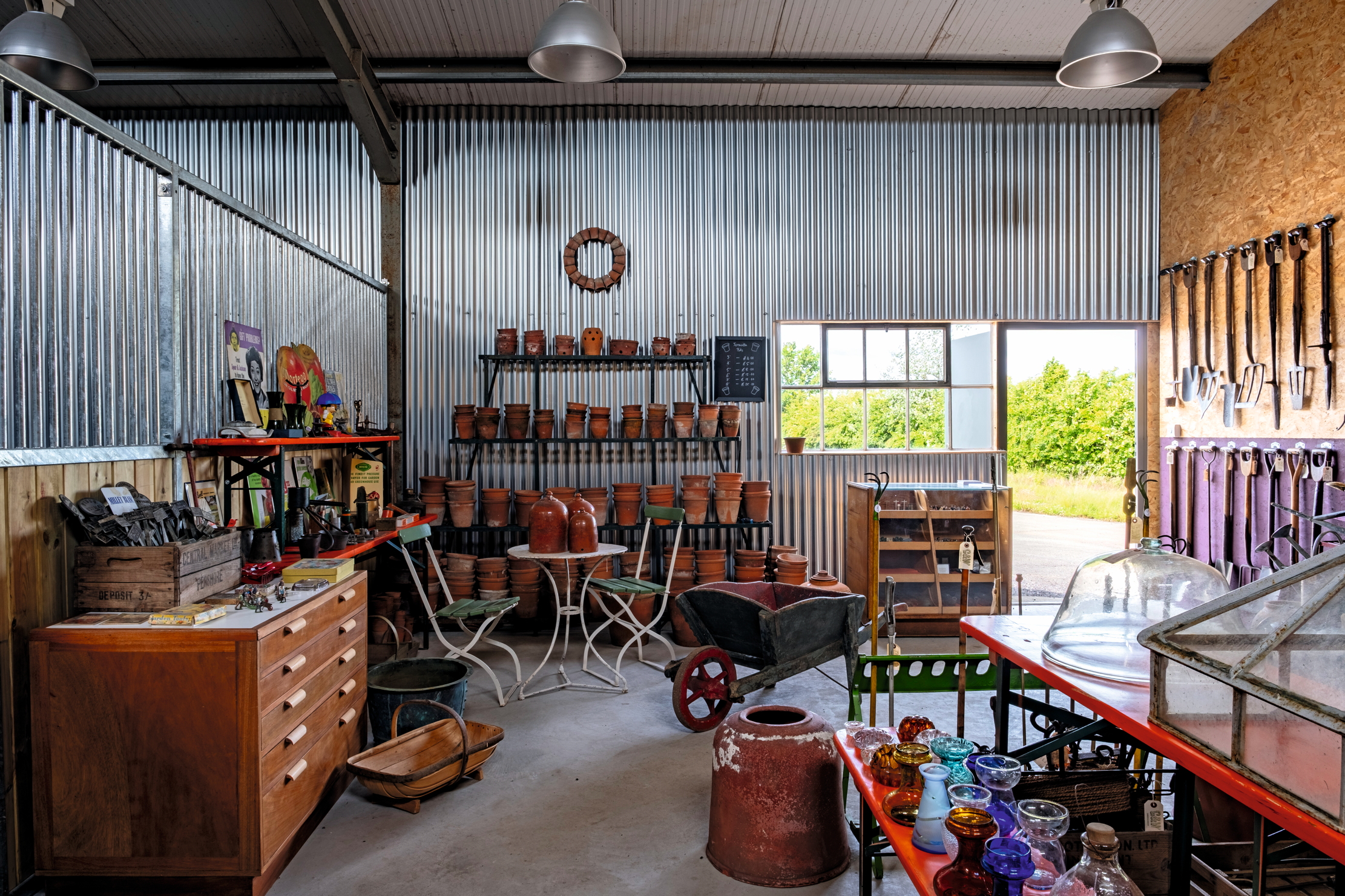 When it comes to making the perfect garden tool, the past has all the answers
When it comes to making the perfect garden tool, the past has all the answersMary Keen visits Garden & Wood, the mecca for dedicated gardeners who prefer using tools made in the 1940s
-
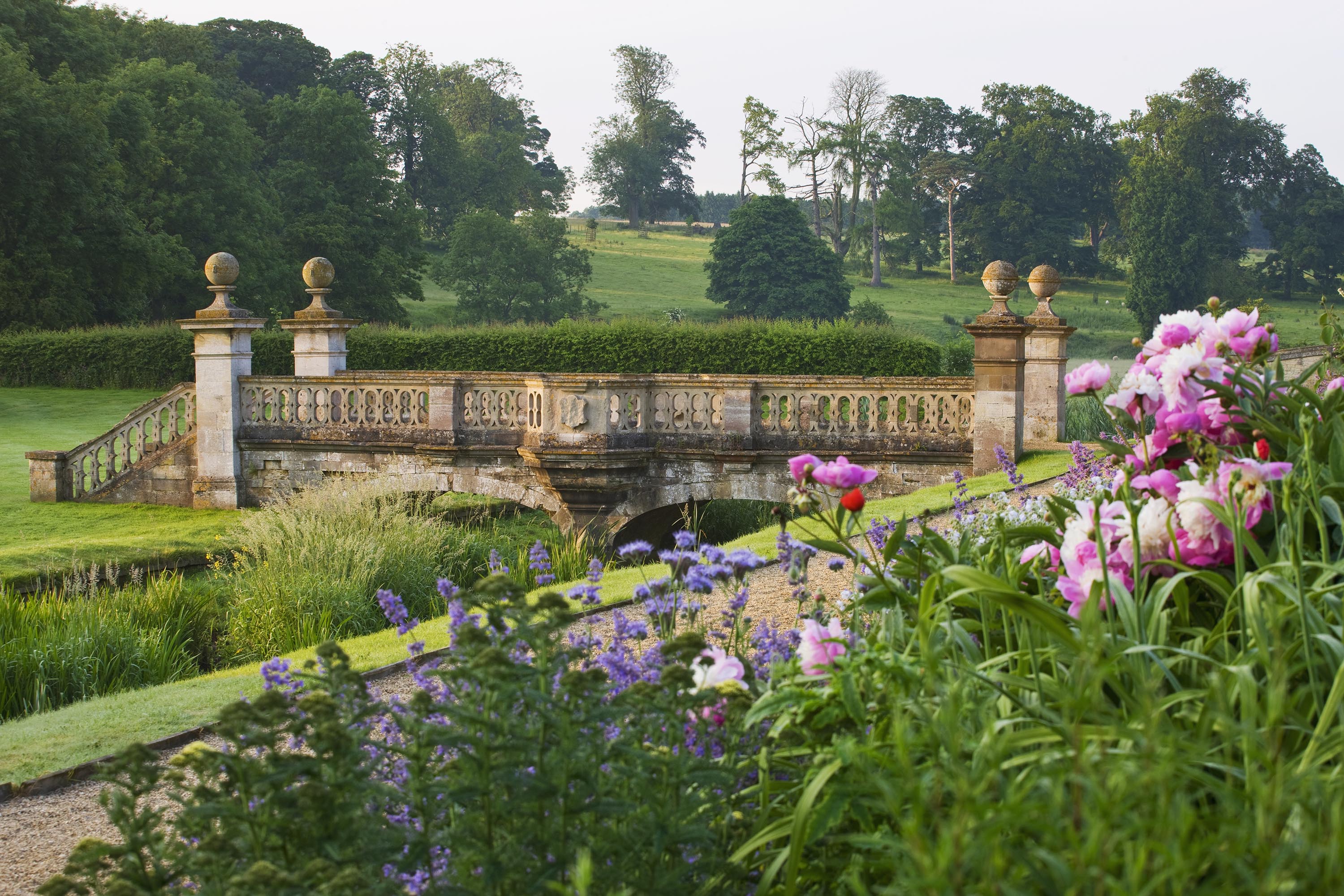 'A dream of Nirvana... almost too good to be true': The sweet peas of Easton Walled Gardens, and how you can replicate their success at home
'A dream of Nirvana... almost too good to be true': The sweet peas of Easton Walled Gardens, and how you can replicate their success at homeUrsula Cholmeley, who has spent 25 years restoring Easton Walled Gardens, recommends sowing sweet peas now for stronger plants that will better withstand the weather.
-
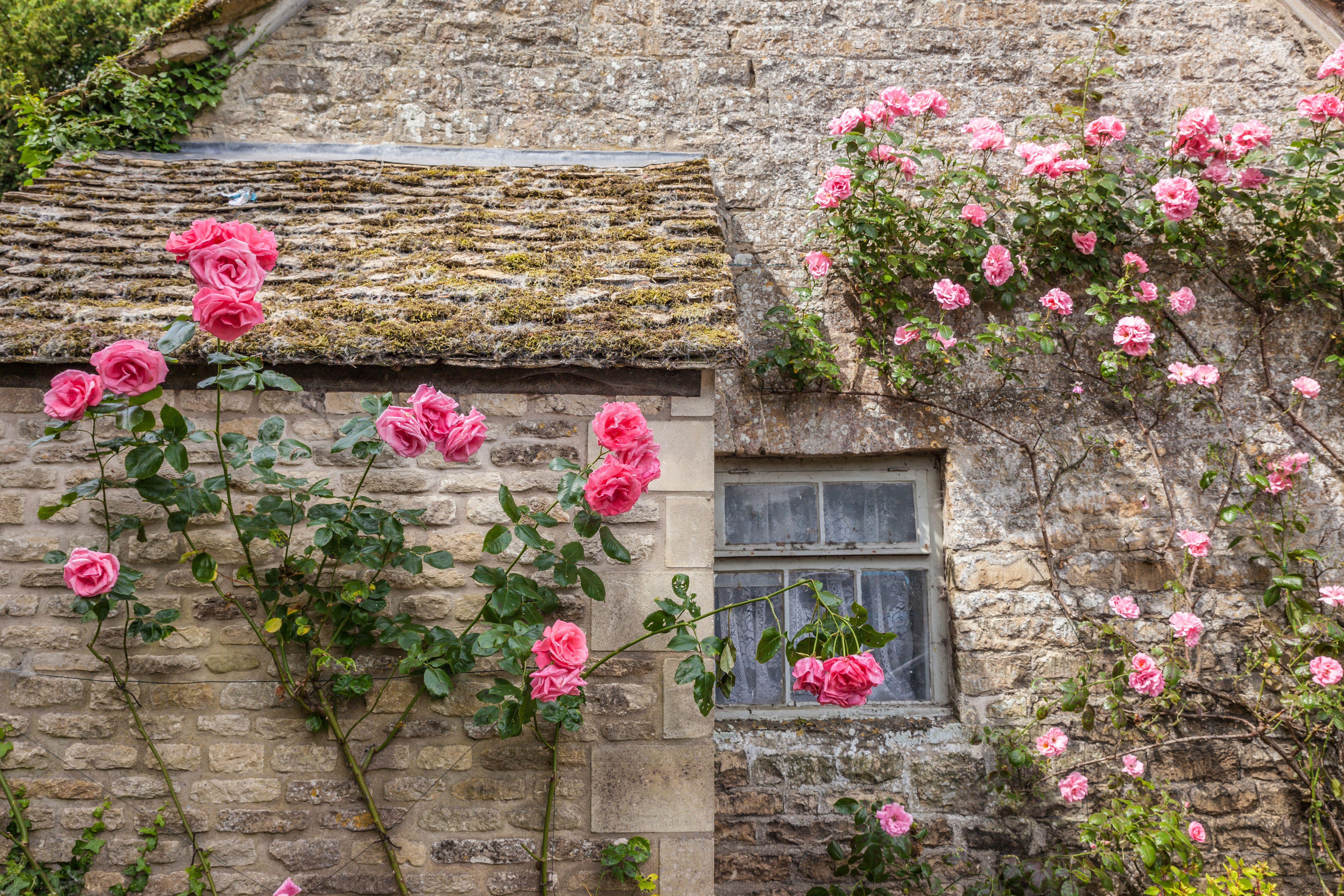 How to choose the perfect rose this bare root season
How to choose the perfect rose this bare root seasonLooks can be deceiving: bare root roses are hardier and more sustainable than potted ones, says Tabi Jackson Gee, who moved to a cottage in Wiltshire and went about finding the perfect plant. You just need patience.
-
 Exclusive: The King's remarkable resurrection of the gardens and parkland at Sandringham
Exclusive: The King's remarkable resurrection of the gardens and parkland at SandringhamThe King took over the running of the 21,000-acre Sandringham estate in 2017 — and in the last three years has transformed it beyond recognition.
-
 The trees that are as fine to eat as they are to look at
The trees that are as fine to eat as they are to look atMark Diacono doesn't grow many trees for the sake of the bounty they provide — but these are the notable exceptions.
-
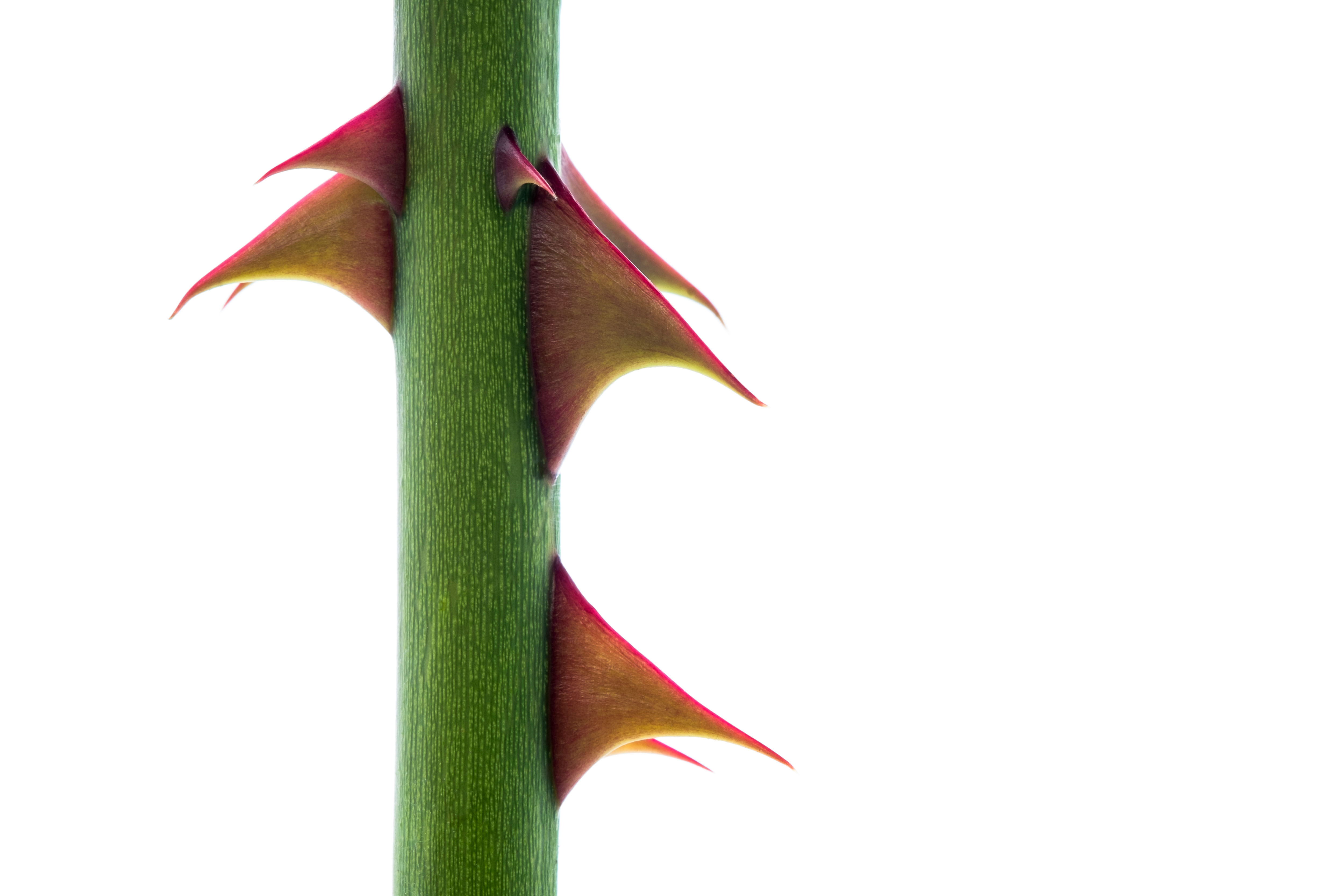 Bothered by brambles and snagged by sow thistles, but what is the point of all this thorny microaggression?
Bothered by brambles and snagged by sow thistles, but what is the point of all this thorny microaggression?Nature’s spiky deterrents — thorns, spines and prickles — may be quick to catch us out, but they can also prove to be a useful ally.
-
 The Tuscan gardens where the English and Italian traditions come together, and Yorkshire rhubarb grows happily beside spectacular citrus
The Tuscan gardens where the English and Italian traditions come together, and Yorkshire rhubarb grows happily beside spectacular citrusNick Dakin-Elliot, who gardens in Tuscany, is still moved by the Italian hilltop gardens that command some of the most beautiful views in the world.
-
 'My family wore wool at a time when everyone else had cast it off in favour of manmade fabrics': The knitwear pioneer who is one of David Beckham's countryside champions
'My family wore wool at a time when everyone else had cast it off in favour of manmade fabrics': The knitwear pioneer who is one of David Beckham's countryside championsJulie Harding speaks to Rachel Carvell-Spedding the founder of British knitwear brand Navygrey, and one of David Beckham's countryside champions.